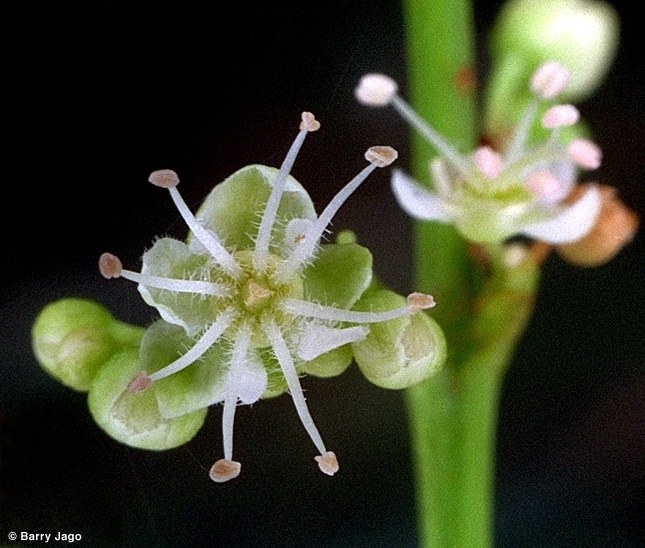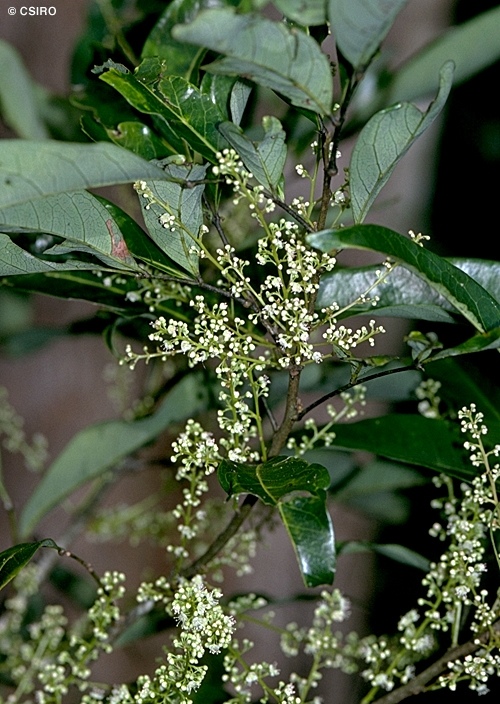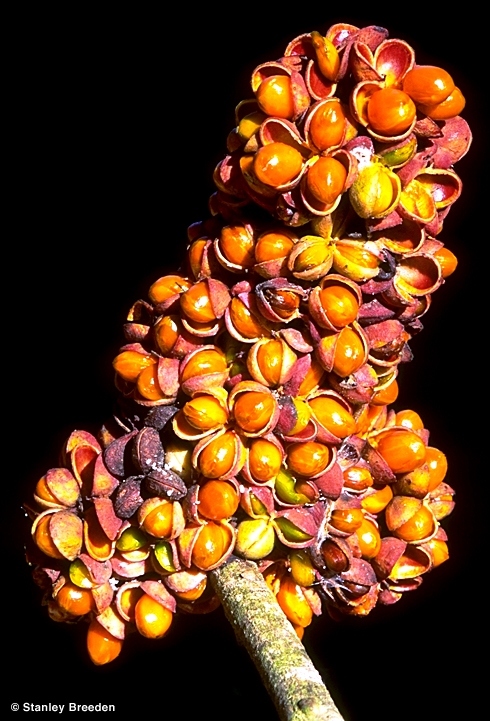Australian Tropical Rainforest Plants - Online edition
Guioa acutifolia Radlk.








Radlkofer, L.A.T. (1879) Actes du Congres International de Botanistes .. Amsterdam for 1877 : 81. Type: Port Denison, E. Fitzalan; Rockingham Bay, J. Dallachy; Mossman River, W.Hill.
Tamarind, Glossy; Northern Guioa; Sharp Leaf Guioa; Glossy Tamarind
Usually flowers and fruits as quite a small tree.
First pair of leaves with opposite leaflets, margins serrate, petiole and rhachis winged. At the tenth leaf stage: leaflet blades ovate, sessile, margins serrate, teeth fine; leaf blade glabrous or with a few hairs on the upper surface along the midrib; petiole and rhachis of compound leaf winged. Stem glabrous. Rhachis of the compound leaf projecting about 6 mm beyond the final pair of leaflets. Seed germination time 16 to 18 days.
Occurs in CYP, NEQ, CEQ and southwards as far as south-eastern Queensland. Altitudinal range from sea level to 1100 m. Grows in various types of rain forest and wet sclerophyll forest. This species is favoured by disturbance and is a characteristic species in rain forest regrowth particularly where it is advancing into wet sclerophyll forest. Also occurs in New Guinea.
Host plant for butterflies: Prosotas nora auletes, P.dubiosa dubiosa, Rapala varuna simsoni and Nacaduba berenice berenice. Also possibly Udara tenella. Larvae of these species were observed to feed on buds. (Pers.com. Bob Miller, 2010).





